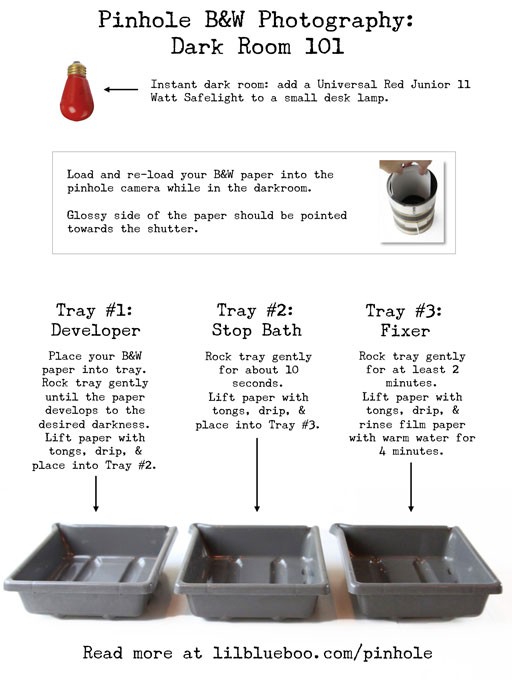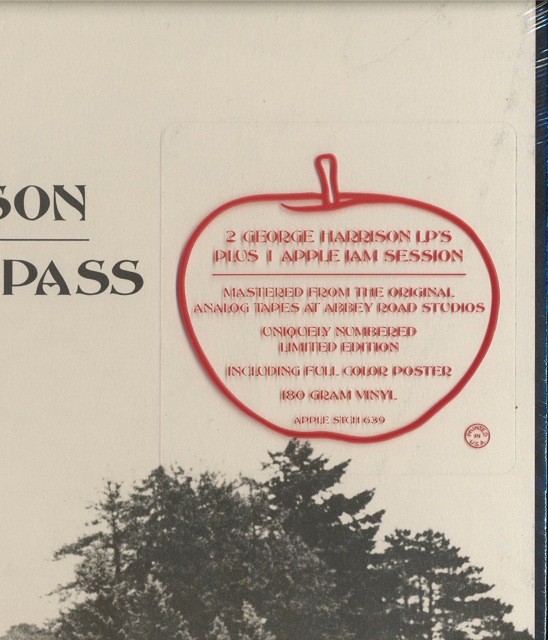
Cardboard Pinhole Camera Pdf Free Download Programs
Order your free sample kit and evaluate for yourself. Home > Cameras > Pinhole Cameras > Pinhole Camera Kit. Pinhole Camera Kit. Kit features eight cardboard. What are the steps you can take to create a pinhole camera? Have you tried to make one? Pinhole cameras can be made with a round cardboard container, wax.
Before you read on, take a good look at the figure below to get an idea of what you’ll be doing with the box. • Using transparent tape, attach the sheets of white paper to the inside front wall of the box (the side you’ll be facing when your head is in the box).
This is your viewing screen. With a pencil or marker, mark this side of the box on the outside. • Seal the whole box shut with duct tape. • Use the utility knife to cut a hole in the bottom of the box through which you can just barely fit your head (see photo below). Position the hole so that the back of your head will rest against the wall opposite the screen. • Hold up the box up to the light and look in through the newly cut head hole (see photo below). Other than the head hole itself, all corners and seams should be sealed against light leakage.
If there are light leaks, cover them with duct tape on the outside of the box. You may need multiple layers of tape.
• Cut a small hole, 1.5 inches (4 cm) square, in the side of the box opposite the screen. The hole should be at least 4 inches (10 cm) above where the back of your head will be located when it’s inside the box. (See the diagram above to ensure proper location of this hole.) • Cut a flat square of aluminum foil large enough to cover the square hole you made in Step 5.
• Place the square of foil over the square hole and, using masking tape, tape along all four sides to prevent light leakage (see left photo below). Heu kms activator. Tape along the edges only; don’t place any tape over the center of the foil square (see right photo below). • Use the pushpin to poke a single pinhole in the center of the aluminum foil, and that’s it: You’ve built your own Personal Pinhole Theater. On a bright, sunny day, take your Personal Pinhole Theater and dark fabric outside. Put your head into the box, positioned so you’re facing the screen.
Wrap the fabric around your neck to keep light from leaking into the box from the bottom (see left photo below). The photo on the right below shows a 'cutaway' of the interior of the box. As your eyes adjust to the dim surroundings (this might take a few minutes), notice if anything appears on the screen.
When images do appear, notice their orientation. Are they right side up, or upside down? Are they left-right reversed, or normal?
Carefully move around and notice how the image on the screen changes. Try to position yourself so that two similar objects at different distances away (such as two cars) cast their images on the screen at the same time. Which image is larger? Are both images sharp and in focus at the same time? After you’ve had a chance to use your Personal Pinhole Theater for a while, try enlarging the pinhole by carefully poking a pencil point through until it’s about half to two-thirds the diameter of the pencil (see photo below). What happens to the image on the screen?

If you want to go back to the small hole, just remove the square of foil and tape on a new one. Poke another pinhole and you’re ready to go again.
Your Personal Pinhole Theater is actually a giant camera obscura (Italian for “dark room”), or pinhole camera. Light rays from the sun reflect off every point on every object—including, say, a tree. The rays from the tree then hit the outside of the box, except where they can pass through the pinhole.
Each light ray, in effect, carries an image of the point on the tree where it originated. The pinhole lets only a limited number of rays from each point pass through.
The rays from each point are projected on a small area of the white viewing screen, without significant overlap from the images of the other points. The result is a clear image of the tree. Any images on the screen are upside down and left-right reversed. (The diagram below shows how the up-down part of this reversal takes place; light rays from only three points are shown for clarity.) As you can see, the ray from the top of the tree passes through the pinhole and hits the lower portion of the screen.
All Things Must Pass is a triple album by English rock musician George Harrison.Recorded and released in 1970, it was Harrison's first solo work following the break-up of the Beatles in April that year, and his third solo album overall. All Things Must Pass was released by Apple Records in November 1970. Co-produced by Harrison and Phil Spector, many musicians contributed to the album, including Eric Clapton, Ringo Starr, Billy Preston, Pete Drake, Gary Wright, Klaus Voormann, members of Badfinger, players from Delaney and Bonnie band, and John Barham.  George Harrison All Things Must Pass (30th Anniversary Edition) (Disc 2) (58.88 MB) George Harrison All Things Must Pass (30th Anniversary Edition) (Disc 2) Source title: all things must pass 30th anniversary edition download - search - (1 - 10 from 11 files). George Harrison – All Things Must Pass. They will download as Zip files. If you don’t have a Zip program on your PC you’ll need to install one to open the file.
George Harrison All Things Must Pass (30th Anniversary Edition) (Disc 2) (58.88 MB) George Harrison All Things Must Pass (30th Anniversary Edition) (Disc 2) Source title: all things must pass 30th anniversary edition download - search - (1 - 10 from 11 files). George Harrison – All Things Must Pass. They will download as Zip files. If you don’t have a Zip program on your PC you’ll need to install one to open the file.